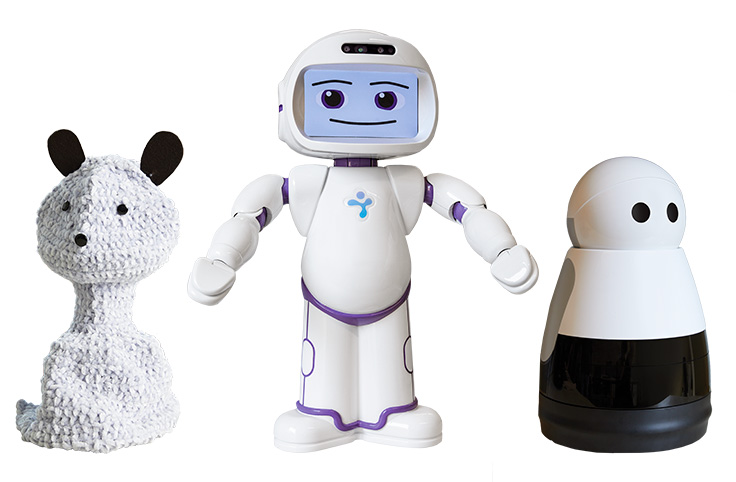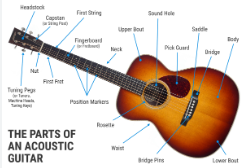Revolution of the Robots
Robots are already being used for many things.
In the coming decades, robots have the potential to further enhance human capabilities, providing better, more individualized care, and cheaper, cleaner, and more efficient transportation.
In addition, robots will be used to handle mundane, repetitive and unpleasant tasks in unstructured environments such as cities, homes and hospitals.
Robots then and now:
The earliest robots as we know them were created in the early 1950s by George C. Devol, an inventor from Louisville, Kentucky. He invented and patented a reprogrammable manipulator called “Unimate,” from “Universal Automation.” For the next decade, he attempted to sell his product in the industry, but did not succeed.
Robots continued to develop and can now be found in homes as toys, vacuums, and as programmable pets.
Today robots are a part of many aspects of industry, medicine, science, space exploration, construction, and food packaging.
How it robots may change the future:
Robots will increase economic growth and productivity and create new career opportunities for many people worldwide. However, there are still warnings about the potential for massive job losses.
Some forecasters project losses of 20 million manufacturing jobs by 2030. It’s possible that 30% of all jobs could be automated by 2030.
The robotic revolution is underway, and it is apparent that robots are here to stay and their presence will continue to impact life in ways never imagined.









Jennifer Ramirez • Feb 21, 2023 at 10:15 am
Is a Smart Watch a robot?
Carlo Williams • Feb 21, 2023 at 10:27 am
I would say that is certainly has robotic elements!